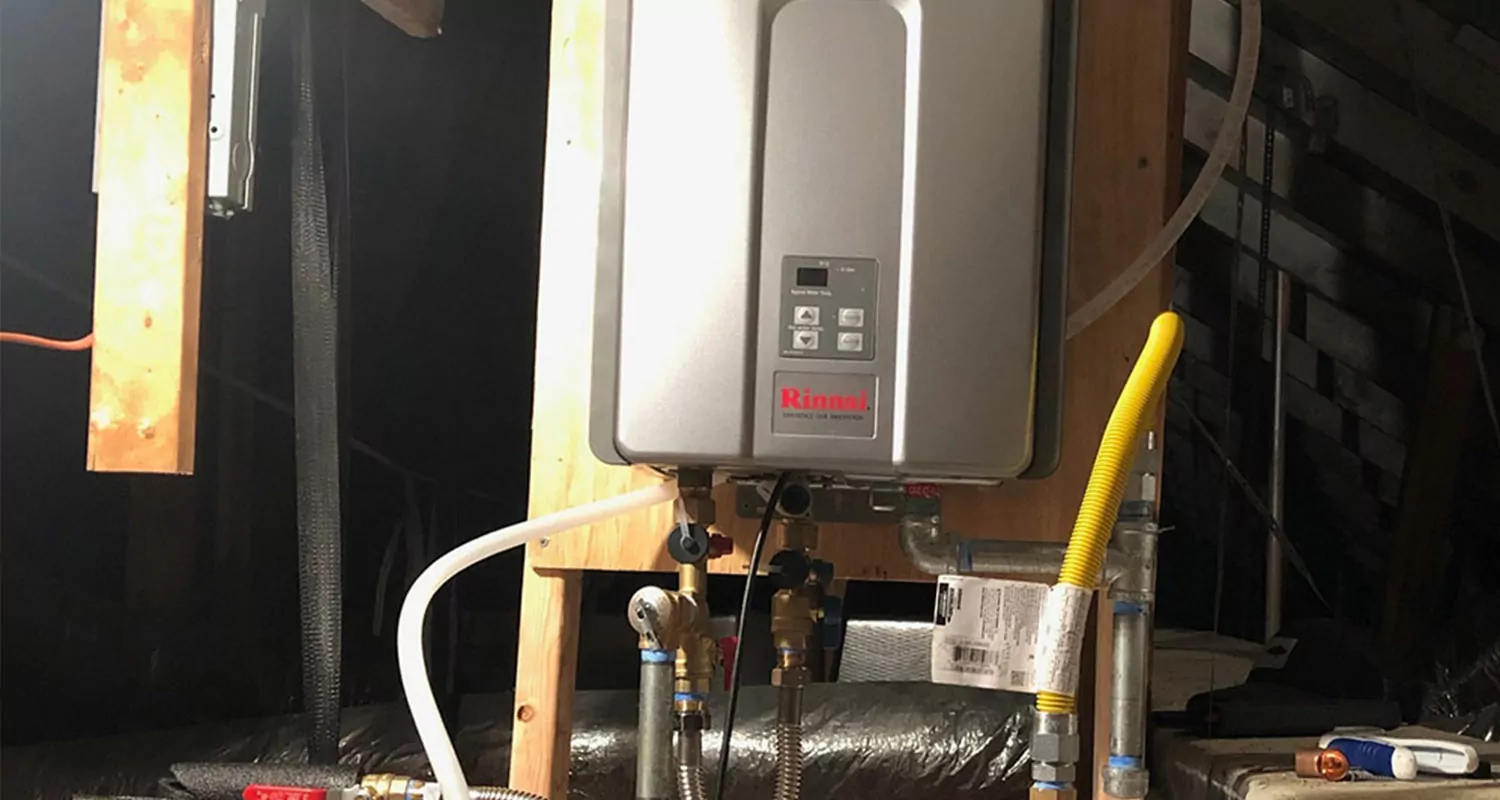Easy Steps to Caring for Your Home's Hot Water SystemBest Practices for Caring for Your Home's Hot Water System
Easy Steps to Caring for Your Home's Hot Water SystemBest Practices for Caring for Your Home's Hot Water System
Blog Article
This article which follows pertaining to Water Heater Maintenance Tips You Can't Afford to Forget is highly enlightening. Don't bypass it.

Warm water is essential for daily comfort, whether it's for a revitalizing shower or washing meals. To guarantee your warm water system runs efficiently and lasts longer, normal upkeep is key. This post gives practical suggestions and understandings on just how to maintain your home's hot water system to avoid disruptions and costly repair services.
Intro
Keeping your home's hot water system might seem challenging, however with a couple of straightforward actions, you can ensure it operates smoothly for many years ahead. This overview covers everything from understanding your hot water system to DIY maintenance ideas and recognizing when to call professional help.
Significance of Preserving Your Warm Water System
Routine upkeep not just expands the life-span of your warm water system yet also ensures it operates efficiently. Neglecting maintenance can result in decreased efficiency, higher energy bills, and even premature failure of the system.
Signs Your Hot Water System Needs Maintenance
Recognizing when your warm water system requires interest can stop significant problems. Watch out for indications such as inconsistent water temperature, unusual noises from the heater, or rusty water.
Flushing the Hot Water Heater
Purging your hot water heater eliminates debris accumulation, improving efficiency and prolonging its life.
Monitoring and Changing Anode Rods
Anode poles stop rust inside the tank. Inspecting and changing them when broken is vital.
Complicated Problems Requiring Professional Aid
Instances include major leakages, electric issues, or if your water heater is consistently underperforming.
Regular Specialist Upkeep Advantages
Professional upkeep can consist of comprehensive inspections, tune-ups, and making certain conformity with security standards.
Evaluating and Changing Temperature Setups
Readjusting the temperature setups makes sure ideal performance and safety and security.
DIY Tips for Upkeep
You can do several upkeep tasks on your own to keep your hot water system in leading condition.
Looking for Leakages
Routinely evaluate pipelines and connections for leakages, as these can result in water damages and higher costs.
Comprehending Your Hot Water System
Prior to diving into upkeep tasks, it's handy to understand the standard components of your warm water system. Usually, this consists of the water heater itself, pipelines, anode rods, and temperature level controls.
Monthly Upkeep Tasks
Regular month-to-month checks can aid catch small issues prior to they escalate.
Checking Pressure Alleviation Valves
Checking the stress relief valve guarantees it functions appropriately and avoids too much pressure accumulation.
Shielding Pipes
Shielding hot water pipes lowers heat loss and can save power.
When to Call a Professional
While do it yourself upkeep is useful, some concerns require professional competence.
Verdict
Regular maintenance of your home's warm water system is essential for effectiveness, long life, and cost savings. By complying with these pointers and knowing when to look for specialist aid, you can ensure a dependable supply of hot water without unforeseen disturbances.
How to Maintain an Instant Hot Water Heater
Before tinkering with your hot water heater, make sure that it’s not powered on. You also have to turn off the main circuit breaker and shut off the main gas line to prevent accidents. Also turn off the water valves connected to your unit to prevent water from flowing into and out of the appliance. 2. When you’re done, you have to detach the purge valves’ caps. These look like the letter “T” and are situated on either side of the water valves. Doing so will release any pressure that has accumulated inside the valves while at the same time avoid hot water from shooting out and burning your skin. 3. When the purge valves’ caps are removed, you have to connect your hosing lines to the valves. Your unit should have come with three hoses but if it didn’t, you can purchase these things from any hardware or home repair shops. You can also get them from retail stores that sell water heating systems. Read the user’s manual and follow it to complete this task properly. When the hosing lines are connected, open the purge port’s valves. 4. You should never use harsh chemical cleaners or solutions when cleaning your unit. Make use of white vinegar instead. It should be undiluted and you’ll probably use about 2 gallons. 5. Now flush your water heater. This task should probably take about 40 minutes. We can’t give you specific directions for this because the procedure is carried out depending on the type, model and brand of your heater. With that being said, refer to the user’s manual. 6. When you’re done draining the unit, you have to turn off the purge port valves again. Remove the hosing lines that you earlier installed on each of the water valves. Put the valve caps (purge port) back in their respective places and be very careful so as not to damage the rubber discs that are found inside these caps. 7. Now that everything’s back in place, check your user’s manual again to find out how to reactivate your water heating system. 8. Once it is working, turn one of your hot water faucets on just to let air pass through the heater’s water supply pipes. Leave the tap on until water flows smoothly out of it. https://www.orrplumbing.com/blog/2014/september/how-to-maintain-an-instant-hot-water-heater/

We had been shown that article about How to Maintain a Hot Water Heater in a Few Simple Steps from someone on our other web address. Liked our write-up? Please share it. Let others discover it. Thank-you for your time invested reading it.
Estimate Report this page